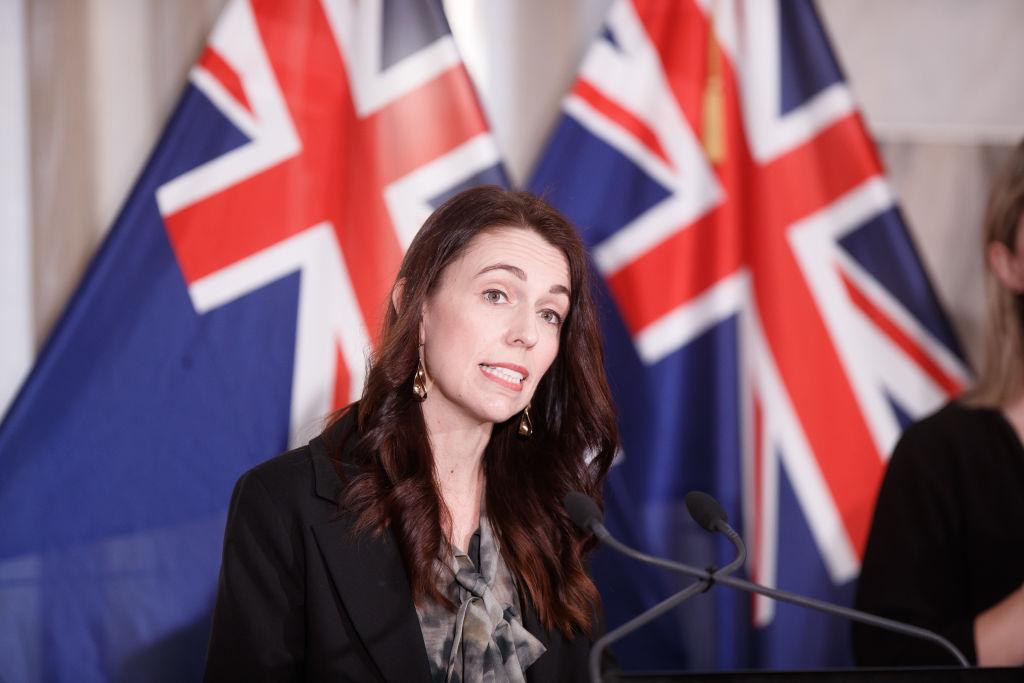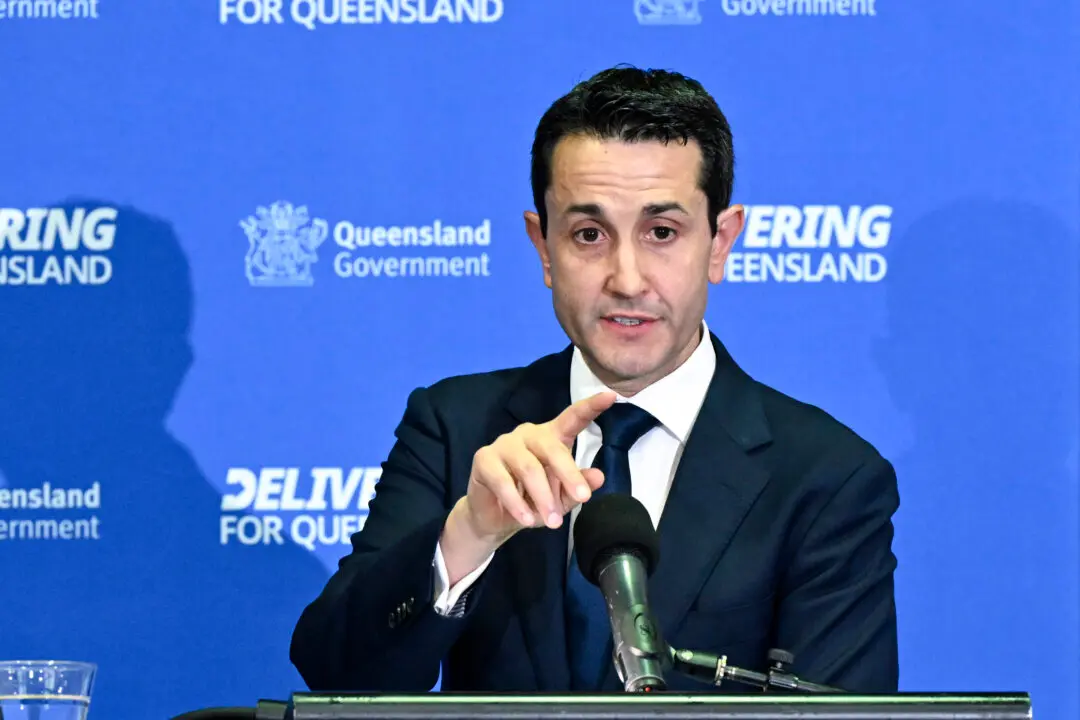The New Zealand government has announced an ambitious 90 percent vaccination target for its population.
On Oct. 22, Prime Minister Jacinda Ardern revealed the new “COVID-19 Protection Framework” that will take over the current “Alert Level” system that has kept the country under tight lockdown for the last few months.





